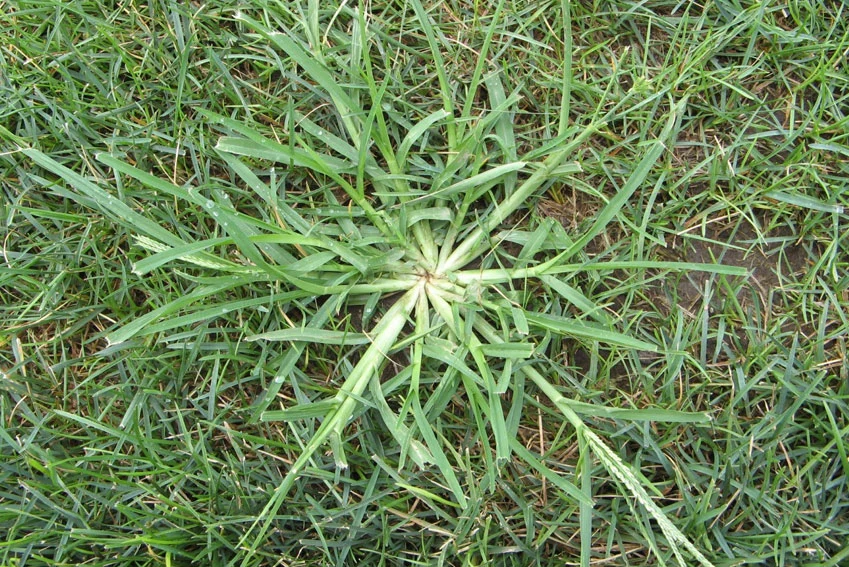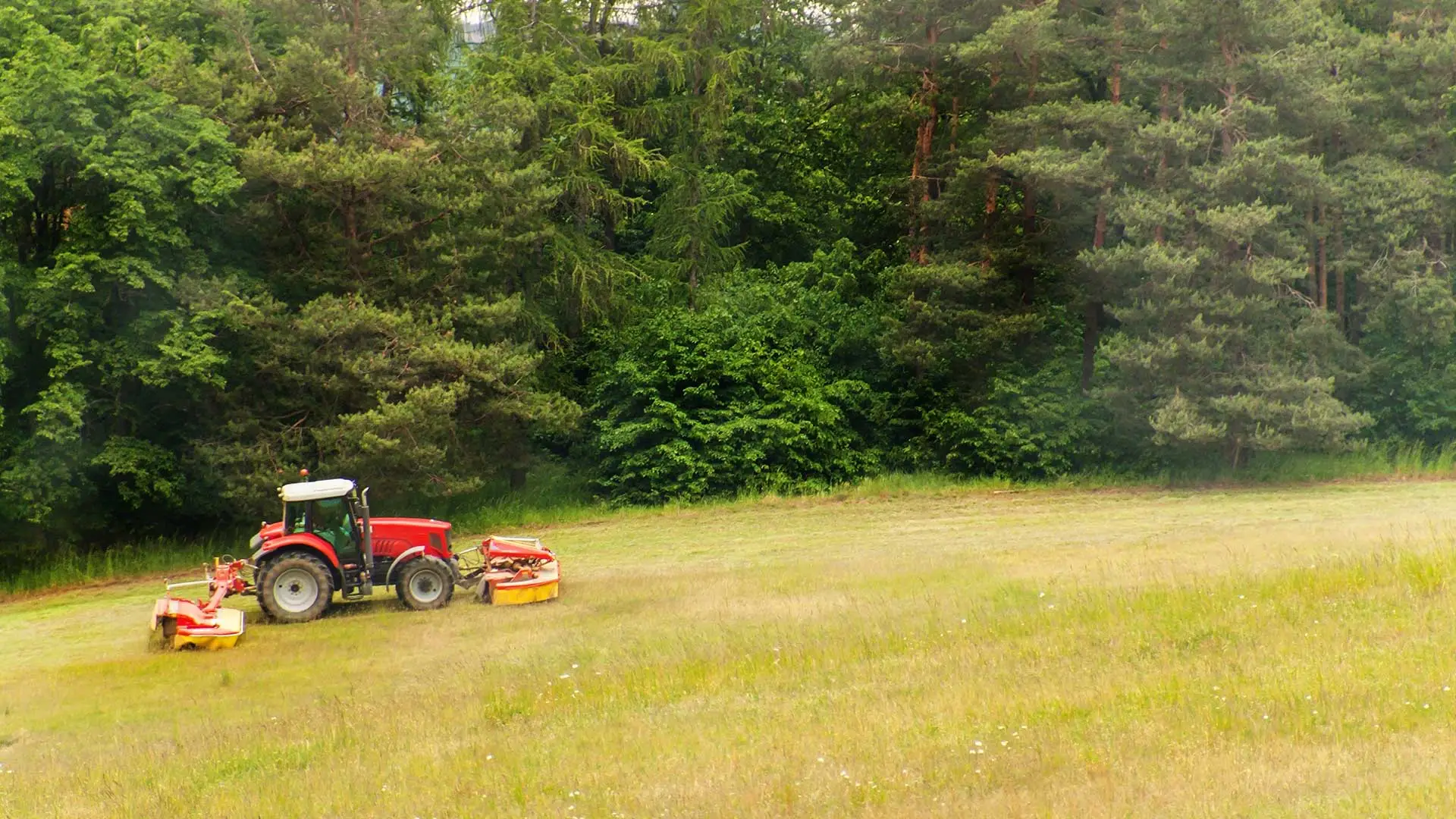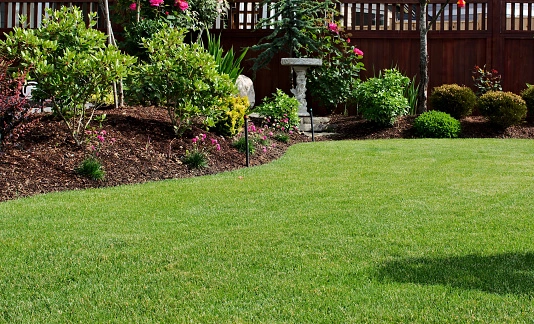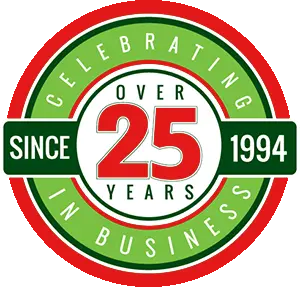Spring is just around the corner which means it's time to start getting ready for lawn care through proper maintenance - fertilization and weed control.
With a routine fertilization and weed control schedule, you can have peace of mind knowing that your lawn is getting everything it needs to reach levels of optimal health. Our 7-step lawn care program is designed to make sure your yard stays healthy all year long.
Each step of our process is formulated with your lawn in mind. These steps include:
-
Step 1: Crabgrass prevention with fertilizer helps to control Spring crabgrass and feeds your lawn.
-
Step 2: A second application of crabgrass prevention and fertilizer for your lawn. Also includes an application of broadleaf weed control to kill off problem weeds such as dandelions, chickweed, clover, and other broadleaf weeds.
-
Step 3: Insect control helps to control grubs, aphids, stink bugs and other pests. This is applied in conjunction with step 4.
-
Step 4: A fertilizer treatment, plus spot spray any broadleaf weeds.
-
Step 5: A late Summer fertilizer treatment that also involves a spot spray treatment for additional broadleaf weeds.
-
Step 6: A Fall fertilizer treatment that also involves a spot spray treatment for additional broadleaf weeds.
-
Step 7: A winterizer fertilization treatment helps get your lawn ready for Spring green-up, while we again spot spray any additional weeds.
When this process is followed, your yard will remain healthy all year long.
Does My Yard Need Fetilization & Weed Control?
There's a lot more to keeping your lawn healthy than just watering it. Weeds, such as crabgrass, choke the growth of healthy, beautiful grass. To ensure your grass stays healthy, it needs to be treated with a weed control and fertilization regimen.
It's also good to note that a healthy lawn that has been fertilized has fewer problems with weeds, insects and disease, because it has the nutrients that it needs to thrive. So it's not a matter of IF your yard needs fertilization and weed control but WHEN (what time of year) your yard needs the application of both.
Did You Know: Some weed seeds are known to stay dormant for up to 5 to 10 years before they germinate. So that means without weed control and fertilization, your yard can get out of control with weeds fast!.
Understanding Crabgrass & Weed Control

Crabgrass (Digitaria spp.) is a weed (and a type of grass) that is not considered an appropriate species for a lawn.
Crabgrass is an annual plant that germinates in the spring, grows throughout the summer, and dies in late fall and/or when winter begins. It can often be identified by the leaves and sheathes that turn a dark-reddish color. These weeds thrive in areas of your lawn that are thinner or bare of vegetation and can produce thousands of seeds every year. Which means crabgrass control can potentially be very important to the overall health of your lawn.
Here's the main things you need to know about crabgrass:
- Crabgrass spreads quickly during the warm summer months - between midsummer and early fall
-
Crabgrass plants/weeds produces thousands of seeds.
-
The first frost will kill the plants/weeds, but the seeds remain dormant in the ground throughout the winter.
-
When the ground temperature warms up, the seeds begin to grow and spread.
-
The key to crabgrass control is to make sure the seeds can’t germinate.
An effective way to eliminate crabgrass is to apply a pre-emergent herbicide before the crabgrass seed in your lawn can germinate. Timing when you apply the this type of herbicide is very important. Which is why we follow our 7-step program (list above) to get your yard ready year-round.
Linnemann Lawncare & Landscape, LLC Weed Control & Prevention Services
Core aeration and overseeding done in fall is one of the best and most fundamental lawn treatments available to stimulate the healthy growth of your lawn. An aerator machine makes finger sized holes in your yard and deposits the plugs on the surface for breakdown. It opens the pores of compacted soils and reduces unhealthy thatch buildup. Compaction and thatch are the primary obstacles that keep nutrients, water, and air from reaching the root structure. It is recommended that core aeration and overseeding be done annually in the fall.
Linnemann Lawncare & Landscape provides fall aeration and overseeding services to help your lawn reach optimal health and get more access to key nutrients such as light, air, and water. Book a call today ---> click here!





Comments (0)
Thanks for your comment!
Thanks for your feedback! Your comments have been successfully submitted! Please note, all comments require admin approval prior to display.
Error submitting comment!
There is a problem with your comment, please see below and try again.